Oaked wines vary widely …
Remember the “Anything But Chardonnay” movement of the 1990s? It wasn’t a revolt against the grape itself, it was a response to a wave of wines so saturated with oak that they tasted more of butter, toast, coconut and vanilla than wine, once the calling cards of quality, until they became wine-lovers’ pet hate.
Today, wood maturation remains one of winemaking’s most polarising tools. Handled well, it can bring grace, texture, and complexity. Overdone, it can drown out a wine’s identity. The world of barrel maturation is a world of nuances that include the type of oak used, the size and age of the barrel, and the level of toasting, all of which influence what ends up in your glass.
The most commonly used type of wood is oak, considered the gold standard and offering the best synergy with wine. Through its pores, it allows a small amount of air to enter the barrel without letting wine leak out. This “microoxygenation” softens the tannins in red wine, harmonises the wine’s structure, and develops its aromatic range. New barrels lend more pronounced flavours than used ones. The smaller the barrel, the more flavour it contributes to the wine too, since there is more surface area of wood in contact with the liquid.
Each barrel is unique and made from a collection of wooden staves, which are heated to be shaped and to release aromatic compounds. This “toasting” process is essential to the final character of the wine. A light toast is often used for whites, giving delicate floral and toasty aromas, while a heavier toast is suited to powerful reds, contributing notes of coffee, chocolate, and smoke.
“Not all oak is created equal by Mother Nature.”
French oak, prized for its fine grain and subtle influence, remains the most expensive option (€800-€1,300 a barrel), with nuances varying depending on the forest of origin. Its tight pores allow for a slow, gentle exchange with oxygen, contributing to elegance and finesse in the final wine. American oak, by contrast, is more porous and imparts bolder, sweeter aromas – think vanilla and coconut. Increasingly, winemakers are turning to other origins too – Slavonian (Croatian), Hungarian, and Austrian oak offer distinctive aromatic profiles. If we compare oak maturation in winemaking to cooking, it is like simmering a dish slowly in a Le Creuset cocotte – it takes more time and money, but the result is finer and more layered.
Not all winemakers can justify the cost of barrel ageing. To achieve oaky profiles on a budget, some turn to oak alternatives: planks, chips, even powder.
These are added to stainless steel tanks, a bit like steeping a tea bag. The flavours can be strong, but often lack the finesse that barrel ageing provides. So how can you tell if a wine is oaky – especially before you taste it?
Some producers make it easy by stating clearly on the label that a wine has been oak-aged, but many don’t. Still, the label can offer clues, depending on the region. In Spain, terms like “Crianza”, “Reserva”, and “Gran Reserva” often indicate oak ageing, though the same terms are less reliable in South America, where definitions vary. In most Italian appellations, “Riserva” usually implies time in barrel, and in Portugal, “Garrafeira” signals extended ageing that often includes oak.
Certain wine regions are historically associated with oak and use it to define their style. In France, both Bordeaux and Burgundy are iconic examples. Cabernet-based reds from the Médoc and Merlotdriven wines from Saint-Émilion and Pomerol are typically aged in French oak barriques. Meanwhile, white Burgundies like Meursault and Puligny- Montrachet are benchmarks for oak-aged Chardonnay.
Beyond Europe, oak is also a stylistic hallmark in many New World regions. In California, Cabernet Sauvignon and Chardonnay are rarely without some degree of new oak ageing. In Australia, Barossa Valley Shiraz is traditionally matured in American oak, giving bold, spicy, vanilla-scented wines. And in Argentina, Malbec – especially from Mendoza – frequently spends time in oak barrels, particularly in premium cuvées. When in doubt, don’t hesitate to ask a wine merchant who will likely know whether a producer favours restraint or richness.
Oak is neither good nor bad – it’s all in the execution. Just like salt, when used judiciously, oak can elevate a wine. The best winemakers know how to season their wines with care, using oak not to mask the fruit but to enhance complexity and add depth and character.
CLEVERLY OAKED BOTTLES TO TRY
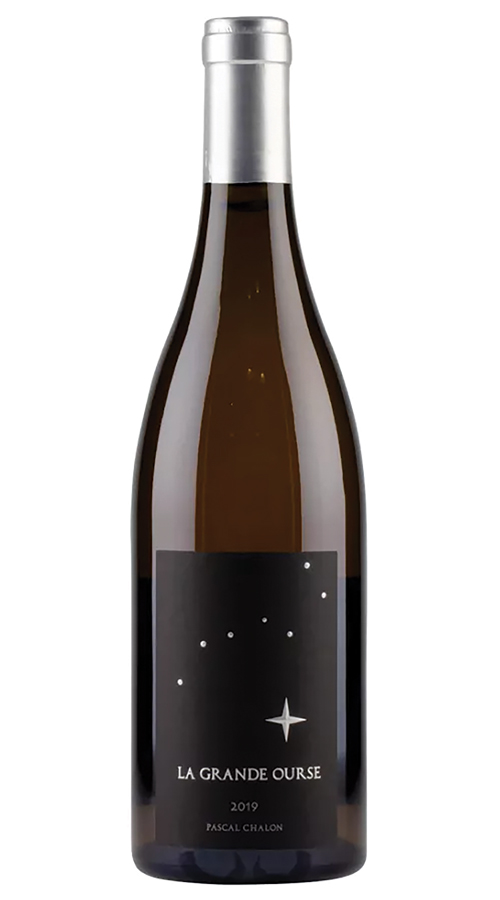
Côtes du Rhône Blanc “La Grande Ourse”, Pascal Chalon, France, €28; www.greenmanwines.ie.
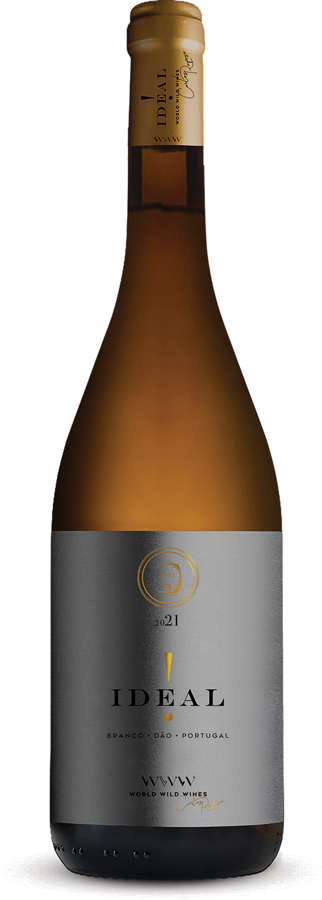
Ideal Branco, Carlos Raposo, Dão, Portugal, €31; www.blackrockcellar.com.
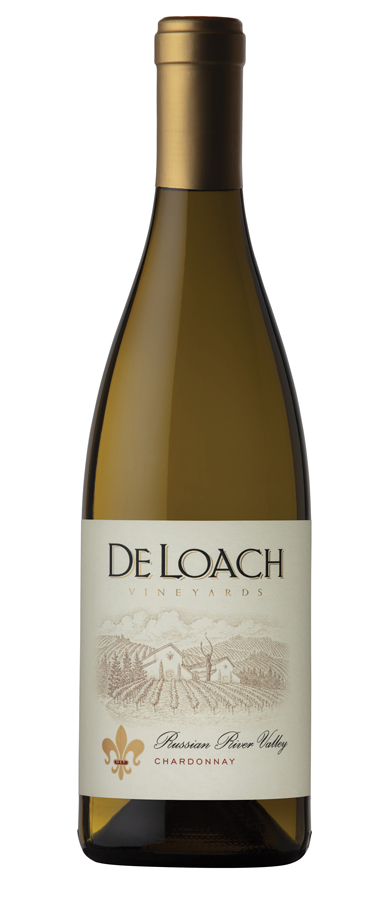
Chardonnay, De Loach, Russian River Valley, USA, €32; www.wineonline.ie.
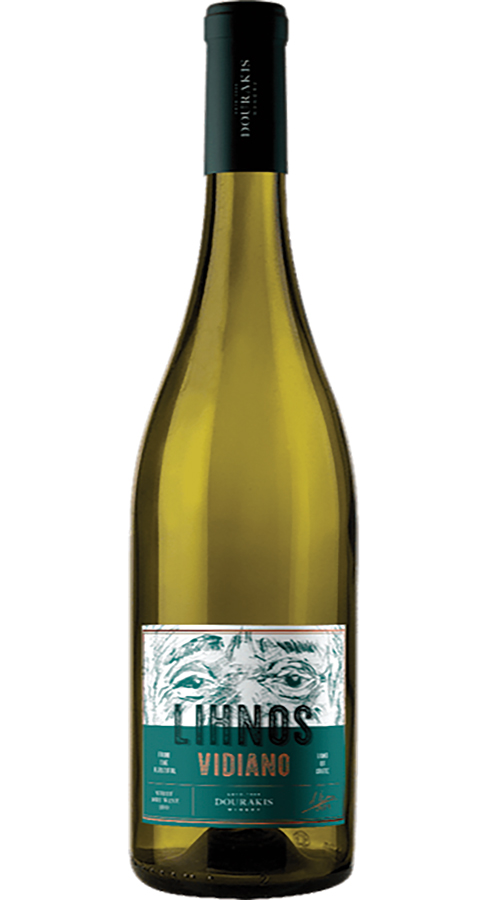
Vidiano “Lihnos”, Dourakis, Crete, Greece, €28; www.redmonds.ie.
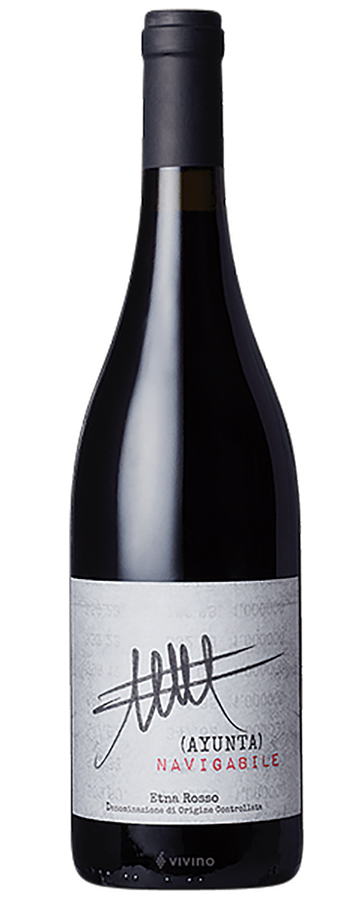
Etna Rosso “Navigabile”, Ayunta, Sicily, Italy, €33; @siyps.
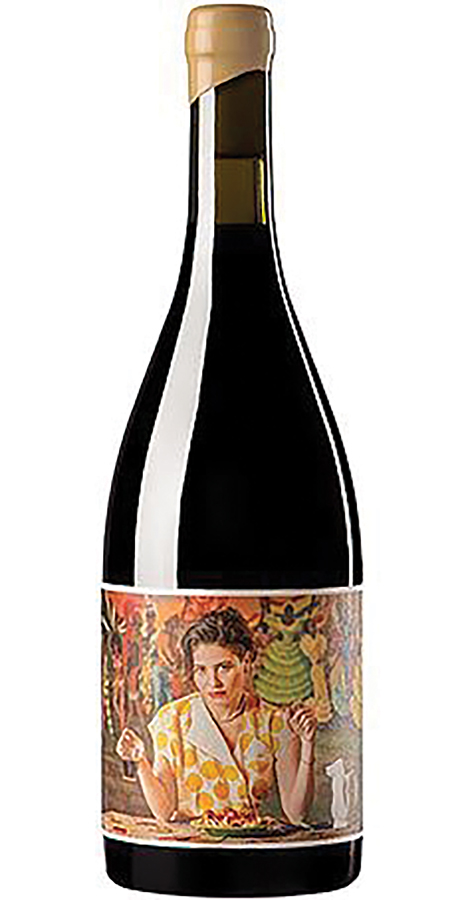
Malbec, Tinto de la Casa, Matias Ricitelli, Mendoza, Argentina, €37; www.64wine.ie.
SEE MORE: Hidden Gems – 6 Burgundy Wines For Less





